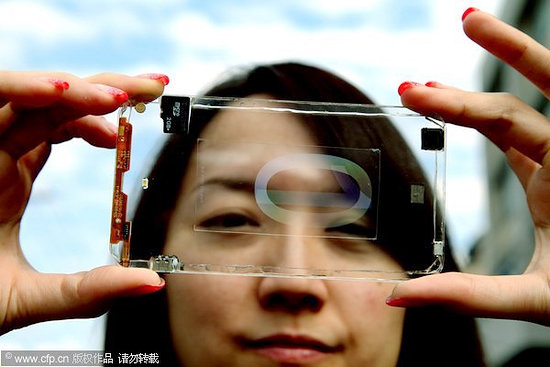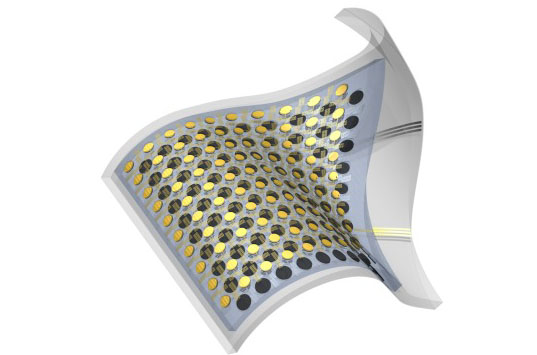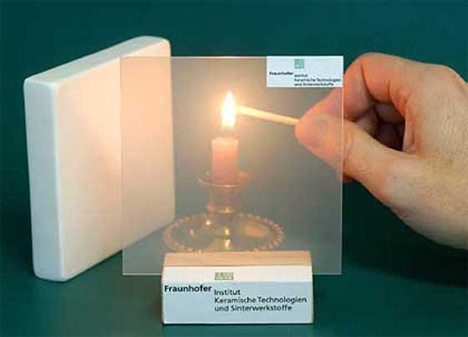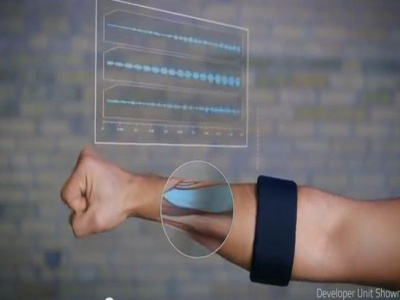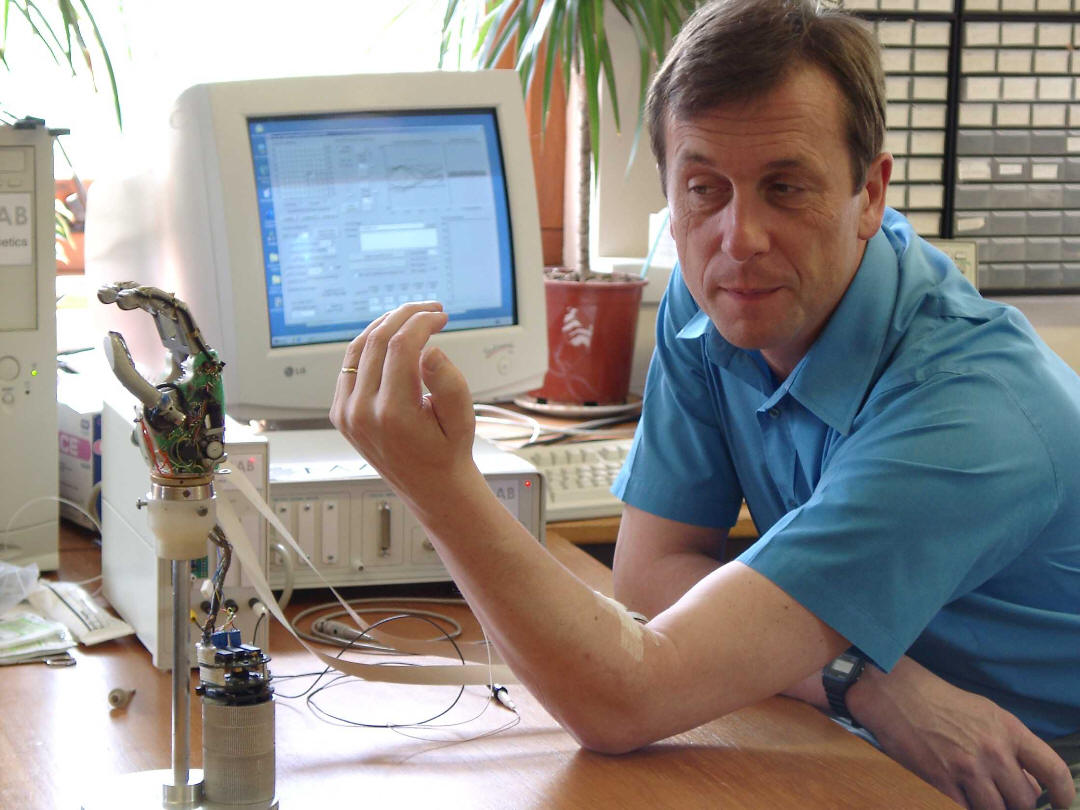In Pictures: Research Lab Projects And Future Tech
The Fruits Of R&D
Cutting-edge research projects are sometimes the subject of our news columns, with topics like quantum computing and the progress toward graphene transistors potentially transforming the future. However, there is an underground world that we often leave unreported for the sake of brevity. We've rounded up a selection of interesting, impressive, or just plain whacky projects that were concocted behind laboratory doors, ranging from Google Glass to the more fantastical "God's Helmet".
Google Glass
The concept behind Google Glass isn't new. Augmented-reality systems have existed on paper in laboratories since 1901, and the first head-mounted display dates back to 1966. Google Glass, however, is the first attempt by a high-tech giant to democratize the product by offering a pair of glasses designed to be worn by the general public. Google is aiming to start sales of Glass by next year. It remains to be seen if Glass will be more popular than the 3D glasses from certain television sets, but we threw our hat into the ring in Google Glass: Ergonomics, Performance, And Practicality, Tested.
Transparent Smartphone
Polytron Technologies unveiled its transparent smartphone prototype at the beginning of 2013. The display and touch-sensitive slate employ Switchable Glass technology. There are very few visible components, and when it was shown off, it wasn't running any software, but the company stated its intent to go to market by the end of 2013. There haven't been any updates to its site recently, though, so we remain skeptical as the year winds down. History doesn't bode well for the concept, as Sony Ericsson already tried offering a transparent display that was a terrible failure.
Flexible Battery
Scientists from Northwestern University in Illinois have presented a flexible lithium-ion battery capable of stretching up to 300 percent of its original size and then shrinking back to the original shape. It's intended to be built into clothing and to power circuits that stick to the skin, has managed to power an LED for eight hours, and is rechargeable via induction. All you have to do is stick the battery to your arm and rest your arm on the charger. Currently, researchers are trying to find a solution to the short life of the cells.
Touch-Sensitive Clothing
In 2012, a Canadian laboratory presented a fabric with a touch-sensitive surface and a lithium-ion battery built into its strands. The fabric uses electrodes and flexible wires. This project is slightly different from most others in this field; instead of having a chip built into the clothing, the clothing is actually part of the electronic architecture. To manage this, the researchers used a technique similar to the one used to make fiber-optics, and they claim you'll be able to control your computer, car, or MP3 player just by touching your sleeve. The next challenge is to create a flexible transistor integrated into the fabric.
Invisibility
Researchers from Nanyang Technological University in Singapore have introduced their take on the invisibility cape, which actually takes the form of a cube that uses two calcite crystals. The structure bends light in order to hide the object hidden behind it, as shown in their YouTube video. The angles at which the object is invisible are very restricted, and the lighting makes it easy to detect the edges of the cube, but Baile Zhang, lead researcher on the project, says he's working on scaling up the structure.
Robotic Worm
Scientists at the University of Leeds in the U.K. created a two-meter-long robotic worm that could some day help with rescue operations in difficult conditions. According to the BBC, the research team based its project on the nervous system of the microscopic nematode Caenorhabditis elegans, which is commonly found underground. The goal was to design a robot capable of navigating very tight areas and penetrating cracks and fissures. The next version of the robot could be capable of swimming through water or traversing less-than-ideal terrain.
Get Tom's Hardware's best news and in-depth reviews, straight to your inbox.
Transparent Aluminum
Transparent aluminum is no longer only for Star Trek. Researchers at Oxford University in the U.K. bombarded a piece of aluminum film with the world's most powerful soft X-ray, according to phys.org. This causes one electron from each aluminum atom to become destabilized, modifying the structure of the film to make it partially transparent for a limited time. The method is very expensive, but it broadens scientists' understanding of nuclear fusion, and makes the creation of very resilient transparent materials conceivable.
Remote-Control Arm
In 2010, Microsoft was working on a bracelet worn on the forearm and capable of detecting muscle movement, which it'd translate into commands for your PC. Thalmic Labs, a Canadian company, presented its Myo earlier this year. It's a device inspired by the exact same concept, but also compatible with OS X, Android, and iOS, communicating via Bluetooth 4.0 Low Energy, and powered by a Cortex M4 CPU. Preorders are already being taken ($149) for delivery in 2014. We've reserved one and plan to share our impressions once we have it in our hands (or rather, on our arm).
A Circuit That Sticks To Skin
John Rogers and his colleagues at the University of Illinois at Urbana-Champaign created an electronic circuit that can be applied to the skin, where it monitors a number of biological functions, sending the results via wireless communication. Referred to as epidermal electronics, the patch is designed to help monitor brain, heart, or muscle function without the duress of getting hooked up to big machines in a hospital.
According to the ACS, the latest iterations are bi-directional. Previously, medical professionals could only read data. Newer versions can, for example, take muscle data and provide stimulus, which can come in useful for rehabilitation. Plans are in place to add Wi-Fi support for sending data to a physician remotely.
Remote-Control Bionic Arm
Kevin Warwick, professor of cybernetics at the University of Reading in the U.K., is known for his Project Cyborg, whereby he is pursuing the aim of becoming a cyborg. He's already implanted an RFID transmitter in his arm that can control devices around him. He also has a neural interface linked to 100 electrodes. His project has so far proved successful, generating a signal detailed enough to allow a robotic arm to mimic Dr. Warwick's own motion. As a follow-up, he implanted an array into his wife, allowing them to establish the world's first electronic communication between the nervous systems of two humans.
-
IRONBATMAN Do all scientists and professors use old PCs ? At the " A Self-Replicating Printer " and " Remote-Control Bionic Arm" page, you can clearly see the old fat monitors and classic white keyboards.Reply -
bystander ReplyI think i saw one of these kiss machine in The Big bang theory.
Yeah, I saw that one. Wollowitz was going to town with Kuthrapoly -
g-unit1111 Tony Stark already had transparent smart phones and laptops in the Avengers. We're behind the times! :lol:Reply -
IRONBATMAN From the many movies such as THE MATRIX and TERMINATOR , we all know that one day, the machines would take over...Reply -
kato128 Transparent aluminium has been around for a while. Ever heard of alon? http://en.wikipedia.org/wiki/Aluminium_oxynitrideReply -
pepe2907 Soon I am going to get my tattoos upgraded with the new 1.4 nm Core iv2 tech coming with the new dGraphics v4 synapse :)Reply


